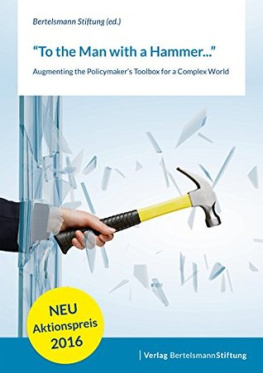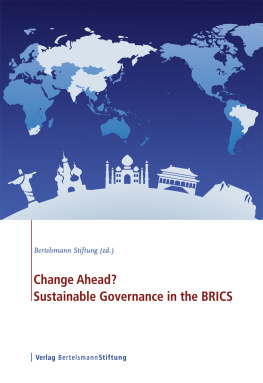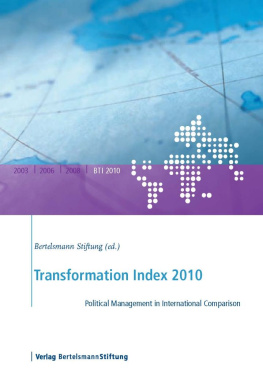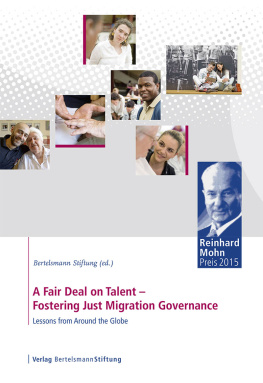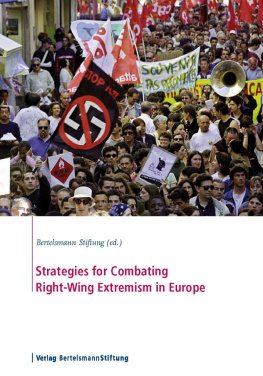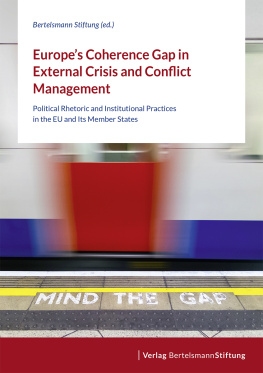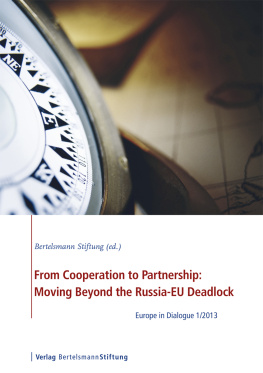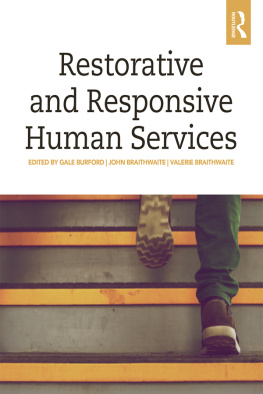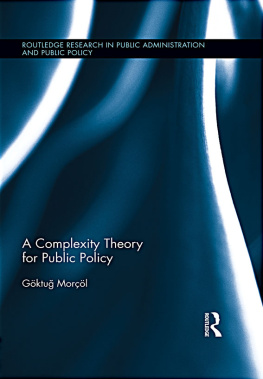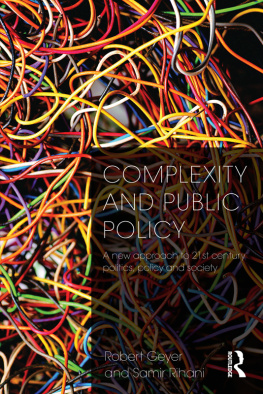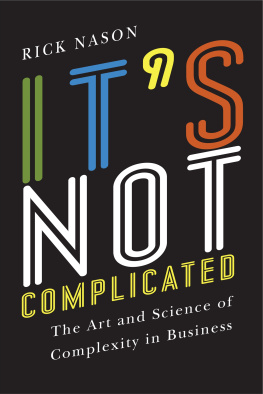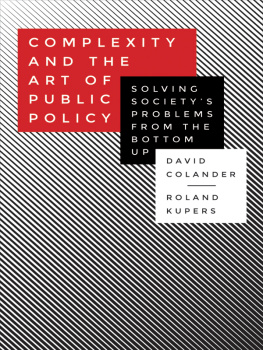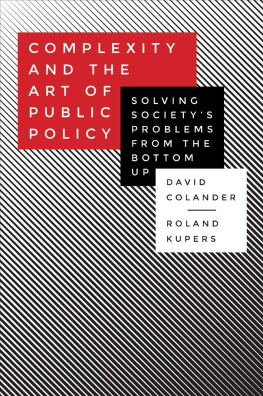Preface
I call it the law of the instrument , and it may be formulated as follows: Give a small boy a hammer and he will find that everything he encounters needs pounding.
Abraham Kaplan
Why this book?
At the beginning of 2009, while the startling effects of Lehman Brothers collapse on the global economy were still unfolding, it became clear that the fundamentals of the social market economy were under serious threat. This brought the Bertelsmann Stiftung to explore and assess different options for a project titled Global Economic Risks and Opportunities. The main outcome of the study was that there is a need to look beyond traditional economics, to focus on what is going on in the newly developing area of new economic thinking, and to build a bridge from academia to the world of policymakers.
Over the past five years, more and more examples have emerged that demonstrate how to turn new economic thinking into new economic action. And it has become clear by now that, instead of being restricted to the world of economics, the underlying paradigm shift to cope with todays complex challenges extends to the social, political and even cultural spheres.
Given this change, the Bertelsmann Stiftung decided to invite 12 leading experts from Germany, Switzerland, the United Kingdom and the United States to depict how radically new ideas, based on cross-disciplinary research and policy-making practice, may help point the way forward in the face of complex global challenges.
Prosperity for all?
Though they can be rather abstract, even major global challenges can be translated into concrete questions: Where will the conflicts in the Middle East lead us? How do we resolve the current refugee crisis? How do we need to respond to global terror? Will we manage to mitigate climate change? What will the future of the European Union look like? Will we overcome the debt crises? Is there a new global financial crisis looming? Will we be able to eradicate hunger, poverty and disease? What do we do about rising social inequalities across the world?
One crucial instrument for tackling global problems is to set tangible and verifiable targets. The United Nations has very recently adopted the Sustainable Developments Goals (SDGs) to end poverty, protect the planet, and ensure prosperity for all. Compared with their predecessors, the Millennium Development Goals (MDGs), two differences stand out. First, the number of challenges has been raised from eight to 17, which indicates that a much more holistic view of human development has been taken. Second, and more profoundly, the SDGs now comprise targets to be met by all countries alike, including the industrialized ones. This is remarkable because it acknowledges that an inequitable distribution of opportunities is a global problem rather than one merely limited to developing countries.
As compelling as the new goals may seem, finding ways to pursue them will be an extremely complex challenge, specifically in light of the questions we asked above. At a first glance, there appears to be an insurmountable gap between the current state of play and the bright future envisioned in wishful dreaming. But this gap isnt necessarily insurmountable. In fact, many of todays crises wouldnt have occurred had we already achieved a majority of the SDGs. Taking a closer look at the latter, we see that many of them are actually about the provision of more equitable opportunities for everyone. For this reason, we are convinced that fighting social injustice, both within and between societies, is at the core of human advancement.
Still, how do we provide equal and compelling opportunities to all? The doctrine of neoclassical economics provides a conceivably simple answer: Push for economic growth. Assuming that economic actors behave rationally and that markets function efficiently, the so-called invisible hand of the market mechanism will supposedly guide us toward societally desirable outcomes and, hence, will automatically lead to an optimal distribution of opportunities, as well. In fact, in the first decades following World War II, trickle-down effects did work well; functioning markets provided a basis for strong economic growth, which in turn led to prosperity for all. This claim was originally made by Ludwig Erhard, one of the founding fathers of Germanys Soziale Marktwirtschaft, which can only be approximately translated as social market economy. The subsequent expansion of the welfare state in the Western world came under scrutiny when growth eventually stagnated and unemployment rose. So, policymakers of the then-predominant neoclassical school grabbed their hammer (the idea of liberal markets) again, identified the challenge at stake as a nail (low economic growth due to overly strong state intervention or non-market failure) and set the stage for supply-side policies of market liberalization that started at the end of the 1970s and are still dominant in many countries across the world.
An augmented toolbox for inclusive growth
Today, renowned experts at academic institutions and supranational bodies, such as the U.N. and the OECD, alike are arriving at the conclusion that the promise of trickle-down economics does not hold true anymore. Although the assumptions about rational actors and efficient markets have never been quite realistic, they did prove to be good enough to guide effective economic policies up to a certain point. With rapidly advancing globalization and technological progress, however, global network effects that is, phenomena emerging from interactions between highly connected actors are kicking in to reinforce irrational behavior; non-classical trade goods, such as software and financial assets, are starting to dominate markets; and uncertainty abounds. Indeed, the logic of traditional economics is cracking. As a result, economic growth does not automatically yield socially just outcomes, and increases in income alone no longer lead to more satisfactory lives. Thus, we need to ask ourselves: What is it that we want to grow in addition to GDP? And how do we ensure that everyone gets a fair share of this growth? In other words: How do we foster inclusive growth?

